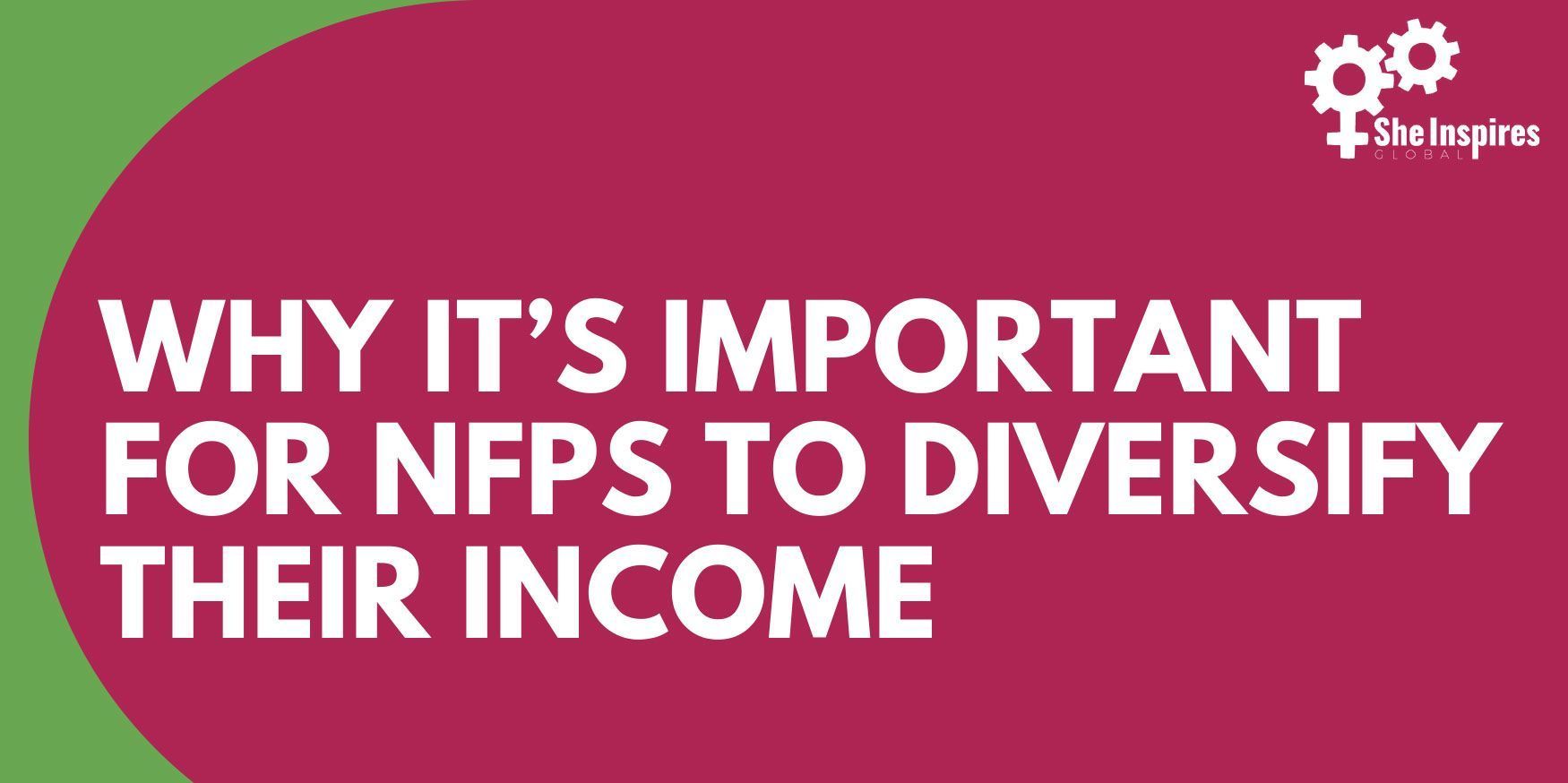Why it’s important for NFPs to diversify their income
Posted on 9th March 2023
Revenue streams for non-profit organisations can make all the difference during tough times when limited funding is available.
Due to the nature of most non-profit business models, charities and voluntary organisations are largely dependent on funding in the form of grants donated by trusts, foundations and other philanthropic organisations such as the National Lottery.
Unfortunately, due to the increasing demand for welfare caused by a number of recent factors, fundraising has become one of the biggest challenges for small voluntary sector institutions operating on a shoestring. This inability to raise the necessary funds is leading to many of these firms and institutions having no choice but to close down or reduce the services they can offer, or at best they are forced to design short term projects that ultimately may not create any real impact for their beneficiaries.
Additionally, there is always the danger for many of these organisations chasing such limited funding that they end up designing services to meet the needs of the funders, rather than the needs of the beneficiaries that are relying on the support.
In this current environment, it is absolutely vital that non-profit organisations look for new ways of diversifying their income and reducing their dependency on grant funding, allowing them to focus funds where it really matters.
Listed below are some options that charities and voluntary organisations can explore, depending on the nature of the work they do as well as the capacity and skills they possess within their team.
Corporate fundraising or sponsorships
Community events
Individual donors
Government funding
Commissioning (public or private sector contracts)
Crowdfunding
Trading (goods or services)
Legacies
Social financing
It is essential to bear in mind that not all options will be suitable for every organisation, and some elements will require more resources (specifically money and people) than others will. For this reason, it is very important for these institutions to take an honest look at resources they have available and use this information to develop a sound fundraising strategy that suits their situation personally, while also gaining the best return on investment.
In addition to this, there is of course the need for organisations to stay relevant to the desires of their beneficiaries, adopting a full cost recovery model when applying for funding. This is done to reduce the risk of having to dip into reserves. It is also vital that the governance for the organisation is strengthened by not just recruiting a skilled board to help run things, but also streamlining existing systems and processes in order to adopt a lean structure that will reduce the need for massive overhead costs.
Most importantly, it is essential to think of the needs of the beneficiaries that are in need of support rather than viewing this as an ‘individual passion’ and thinking of setting up a charity or community group as the solution to a beneficiary's issues. Are there any existing opportunities to collaborate and merge, creating an efficient and effective team to combat the situation properly?
To find out how She Inspires can help your NFP explore and develop new income streams, get in touch with us today

Share this post:

